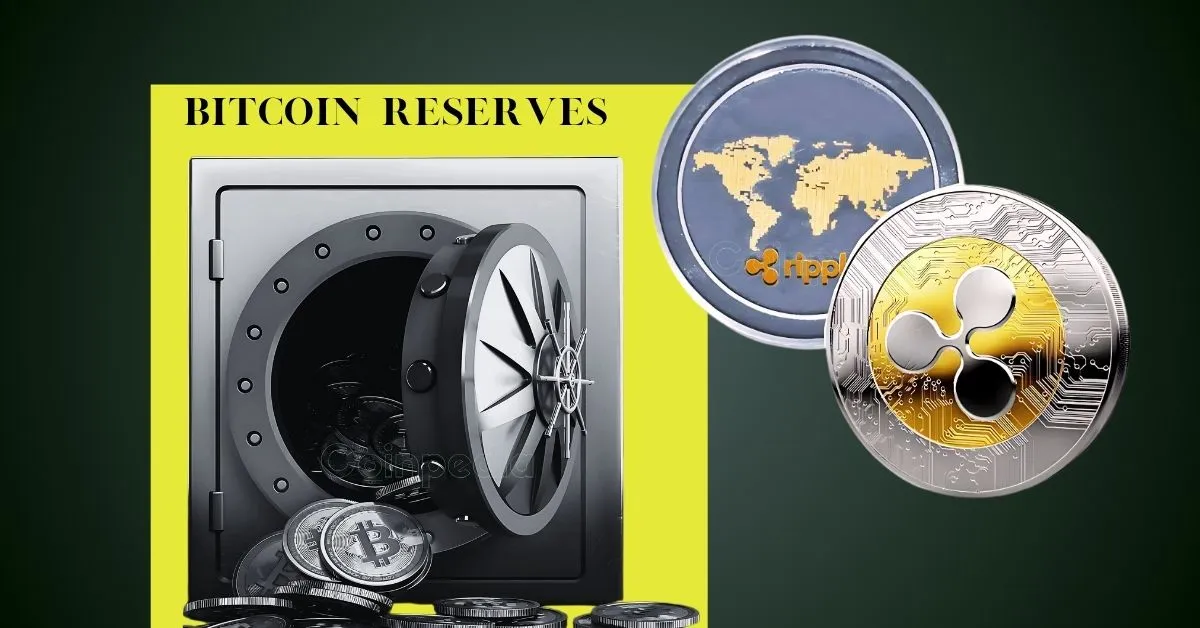
After a long legal tug-of-war under Biden’s leadership, Ripple is finally catching a break. Reports suggest that President Donald Trump’s team is eyeing XRP as a key player in building a powerhouse Bitcoin (BTC) reserve.
A recent proposal submitted to the US SEC suggests that XRP could play a key role in strengthening the nation’s financial system. The plan claims that integrating XRP could unlock $1.5 trillion in liquidity, which could then be used to buy Bitcoin. However, regulatory challenges remain, and it’s unclear if the government will take this idea seriously.
Here’s a closer look at the debate.
The five-page proposal, written by financial analyst Maximilian Staudinger, suggests that the US could use XRP to free up capital stuck in Nostro accounts. These accounts, used for international transactions, hold about $27 trillion globally, with US banks controlling around $5 trillion. Staudinger believes that by using XRP, $1.5 trillion could be freed up and redirected toward Bitcoin purchases.
Staudinger also proposes a structured crypto reserve system. He suggests Bitcoin should be the foundation, with Solana and Cardano supporting government applications. However, he argues that XRP is the most essential asset for handling financial transactions.
One of the more questionable claims in the proposal is that the US could buy 25 million Bitcoin at $60,000 per coin. This is impossible since Bitcoin’s total supply is capped at 21 million. Despite this mistake, the proposal argues that using XRP could save the US up to $7.5 billion in transaction fees each year and make government payments—such as Social Security and tax refunds—faster and cheaper.
Despite its ambitious goals, the proposal faces a major challenge—XRP’s unclear legal status. Staudinger calls on the SEC to classify XRP as a payment asset rather than a security and urges the Department of Justice to lift restrictions preventing banks from using it.
To speed things up, Staudinger suggests that Trump issue an executive order to bypass regulatory delays. His plan includes two options: a standard 24-month rollout with full regulatory approval, government payments, and bank adoption, or a fast-track 6-12 month timeline using executive orders and Federal Reserve mandates for quicker integration. While ambitious, the fast-track option could work given Ripple’s existing global liquidity network.
While the idea is bold, independent proposals like this rarely succeed unless backed by major financial institutions or government officials. Without strong support, this remains an ambitious concept rather than a plan the US is likely to adopt anytime soon.
The idea is bold, the numbers are massive, but without regulatory backing, it remains just that – an idea.
Ethereum looks extremely bullish, right now. In the last 30 days, it has experienced a…
Story Highlights The live price of the GLMR token is The Moonbeam price could reach…
XRP is currently showing strong bullish signs, especially on the weekly chart. While there is…
Story Highlights The live price of the Audius token is . The Audius price could…
While Bitcoin remains stuck below a key resistance level, much of the crypto market, especially…
Cardano (ADA), one of the most prominent Layer-1 blockchain platforms in the crypto space, is…